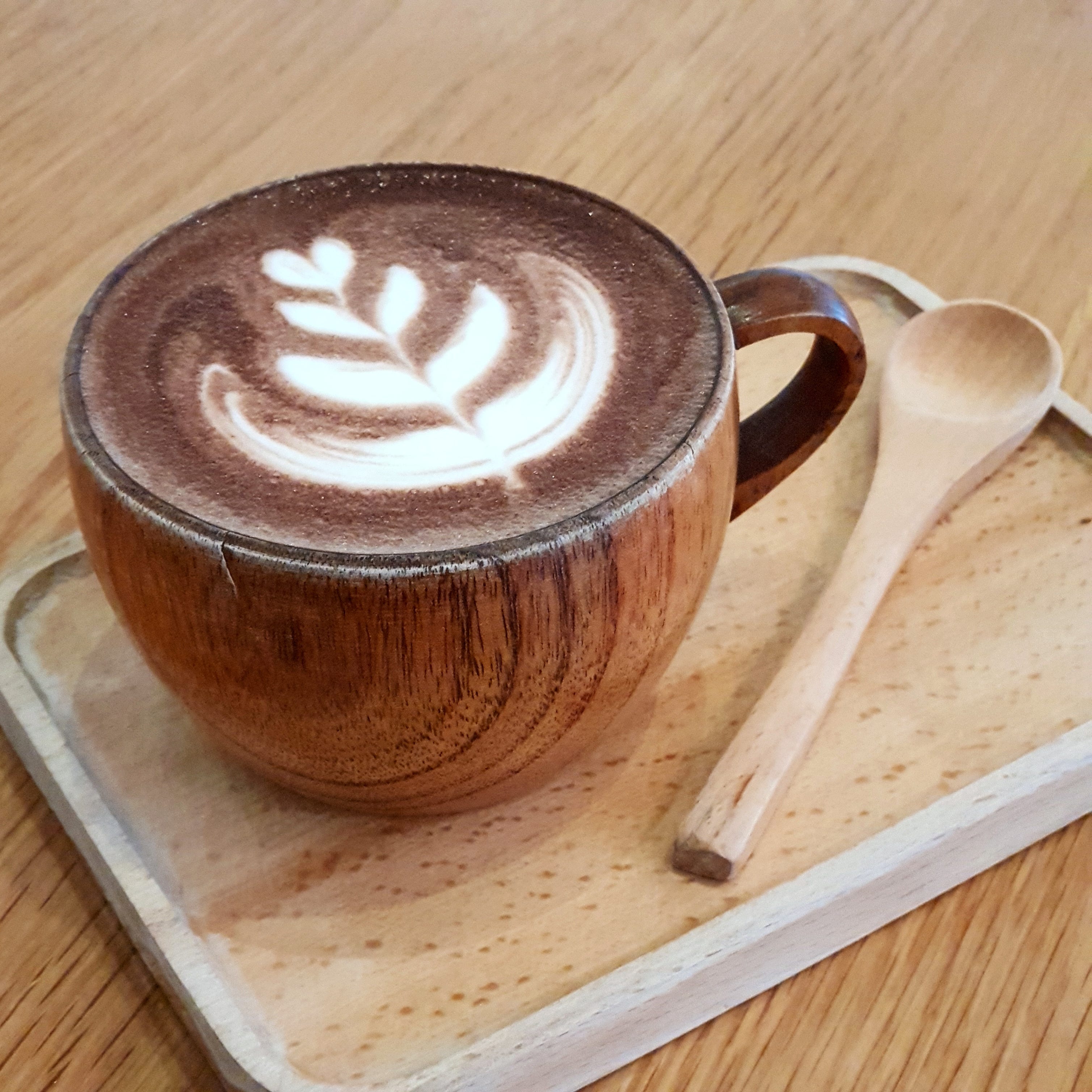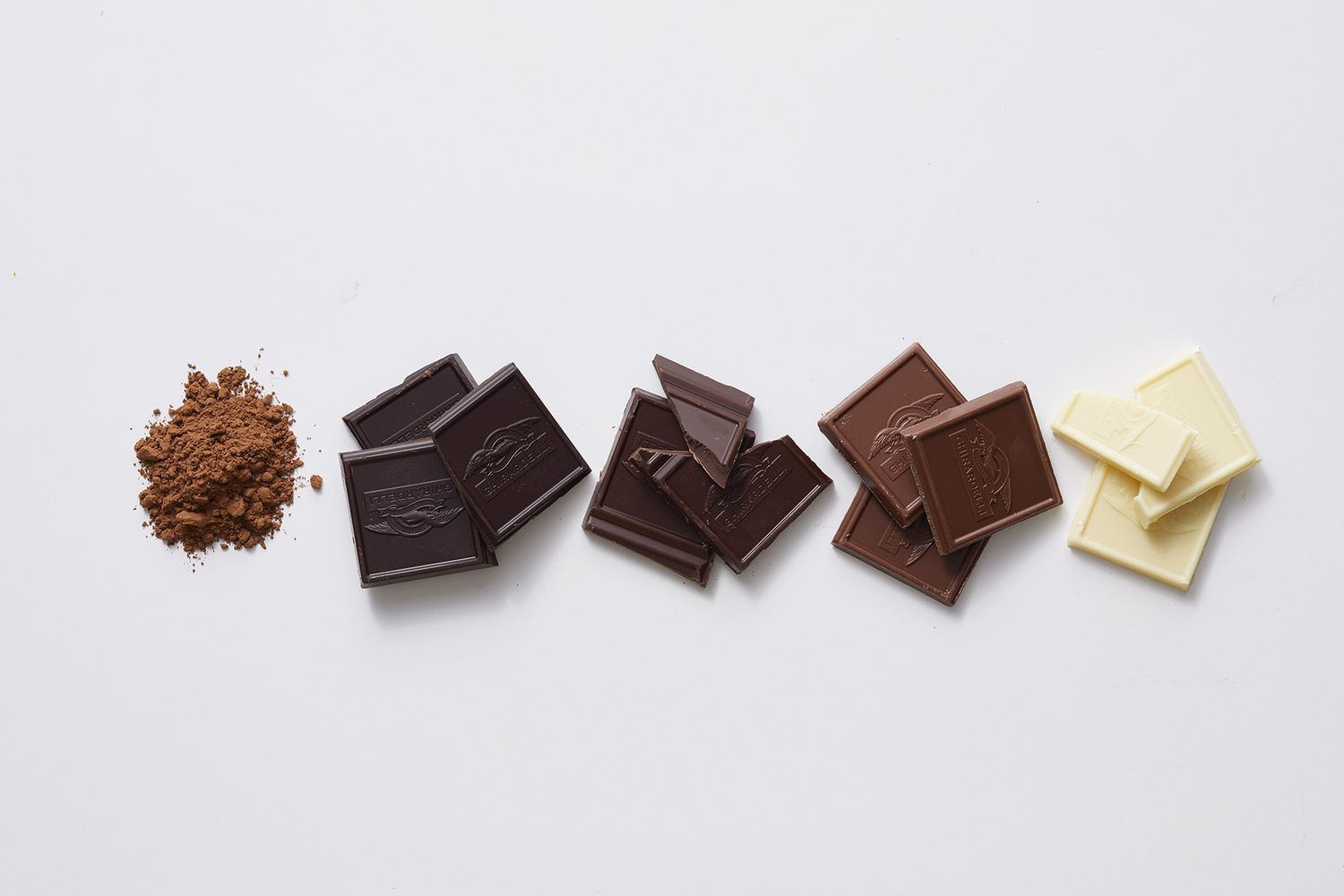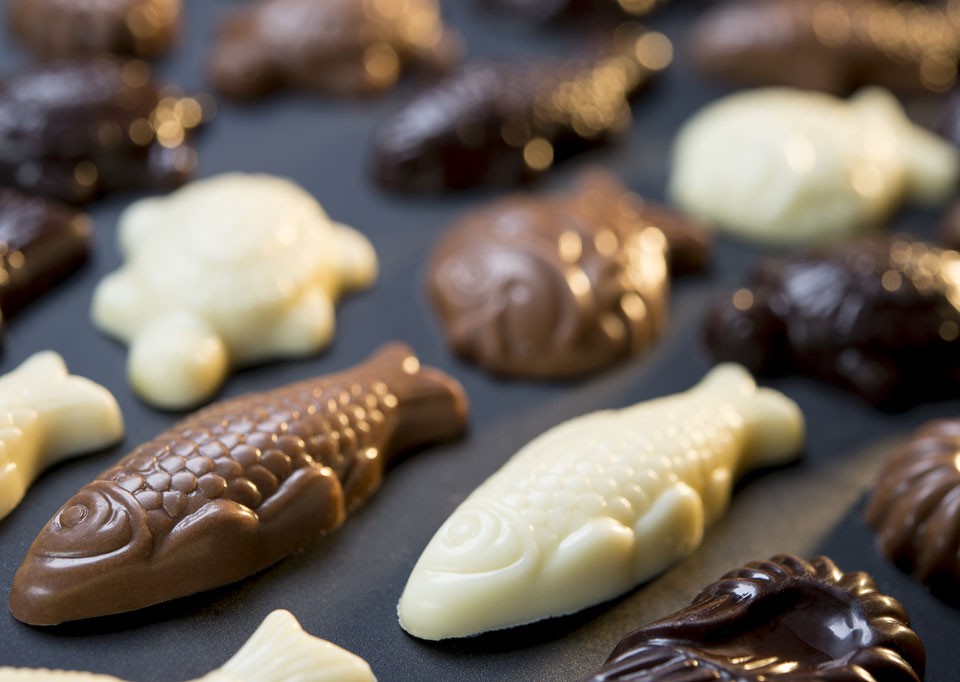Facts on chocolate
Hi!! everyone. Today's blog is about a snack that most of the people love to eat. Yes it is about chocolates. Today's post is about
1. THERE ARE MULTIPLE CELEBRATIONS OF CHOCOLATE EACH YEAR.
Holiday makers are constantly on the hunt for a reason to munch on chocolate, so the calendar offers plenty of excuses to buy a bar. July 7 is also Chocolate Day There's also National Milk Chocolate Day on July 28, International Chocolate Day on September 13, and, of course, National Bittersweet Chocolate With Almonds Day on November 72. CHOCOLATE IS ACTUALLY A VEGETABLE—KIND OF.
Milk and dark chocolate come from the cacao bean, which grows on the cacao tree (Theobroma cacao), an evergreen from the family Malvaceae (other members of the family include okra and cotton). This makes the most important part of the sweet treat a vegetable.
3. WHITE CHOCOLATE IS NOT CHOCOLATE.White chocolate doesn't contain cocoa solids or chocolate liquor, white chocolate isn't chocolate in the strict sense because the item is made up of a blend of sugar, milk products, vanilla, lecithin, and cocoa butter but no chocolate solids.
4. THE CACAO BEAN IS NATIVE TO MEXICO AND BOTH CENTRAL AND SOUTH AMERICA.
It’s believed that inhabitants of these areas first started cultivating the bean as far back as 1250 BCE, and perhaps even earlier.
5. HOT CHOCOLATE WAS THE FIRST CHOCOLATE TREAT.Cacao was brewed in both Mexican and Aztec culture, though the result was nothing like today’s hot chocolate.
6. CACAO WAS ONCE USED AS CURRENCY.
The Aztecs loved and valued the cacao bean so highly that they used it as currency during the height of their civilization.
7. COCOA AND CACAO ARE THE SAME THING.
The words are interchangeable! It’s all one bean.
8. MILK CHOCOLATE WAS INVENTED IN SWITZERLAND.
Daniel Peter created the tasty treat in 1875—after eight years of trying to make his recipe work. Condensed milk ended up being the key ingredient.
9. MAKING CHOCOLATE IS HARD WORK.
Despite its regal background and revered status, the cacao bean doesn’t just magically turn into chocolate. It takes about 400 beans to make a single pound of the good chocolate.
10. THE FIRST CHOCOLATE BAR WAS MADE IN ENGLAND.
Way back in 1842, the Cadbury company made the very first chocolate bar.
11. MOST CACAO IS NOW GROWN IN AFRICA.
 |
| Cacao tree |
12. CACAO TREES CAN LIVE TO BE 200 YEARS OLD.
That may sound impressive, but the tropical beauties only make viable cacao beans for just 25 years of their lifespan.
13. THERE ARE TWO KINDS OF CACAO.
Most modern chocolate comes from forastero beans, which are considered easy to grow—though the crillo bean is believed to make much tastier chocolate.
14. CHOCOLATE HAS A SPECIAL MELTING POINT.
Chocolate is the only edible substance to melt around 93° F or 33.8889℃, just below the human body temperature. That’s why chocolate melts so easily on your tongue.
15.The World's Biggest Chocolate Bar Weighed Approximately 12,770 Pounds
The Guinness World Record for the largest chocolate bar in the world was set by Thorntons PLC in the United Kingdom on September 07, 2011, and weighed 5792.50 kg
16.There are Actually Four Different Types of Chocolate: Dark, Milk, White, and Blond
Most people think that there are only three main types of chocolate, but that's not necessarily true. Blond chocolate, named after its striking color, was actually made by accident by pastry chef Frédéric Bau, according to the chocolate's founding company, Valrhona.
17.The French Celebrate April Fool's Day with Fish-Shaped Chocolate
April Fool's Day in France is called "Poisson d'Avril." The word "poisson" in French translates to fish, so children enjoy a piece of fish-shaped chocolate on this day while playing pranks on one another.
18.Eating Chocolate Every Day Reduces the Risk of Heart Disease
Harvard University noted that chocolate can significantly reduce the risk of heart disease. The university stated that middle-aged and older adults that ate 3.5 ounces of chocolate daily were less likely to suffer from heart disease in comparison to those who had less.
19.The Smell of Chocolate Triggers Relaxation
Chocolate is known to have extremely soothing properties. A study by Essex University found that people were more relaxed and actually paid attention and retained more information when just the smell of chocolate was around.
20.Chocolate Can Be Part of a Balanced Diet and Lifestyle
When eaten in moderation, chocolate can be heart-healthy through its heavy concentration of antioxidants.
Good bye.
Till then
Devamatiy.V


/can-i-eat-white-chocolate-if-im-allergic-to-chocolate-1323992-primary-recirc-359763d1ec584667940abce4748a129d.jpg)






So sweet to read this blog
ReplyDeleteNice post and very informative keep going.
ReplyDelete